We have numerous sheets of thickness readings. They take the form of something similar to:
| ITEM | POS | BASETHK | BASEDATE | THICKNESS | THK DATE | THICKNESS | THK DATE | THICKNESS | THK DATE | THICKNESS | THK DATE |
|---|---|---|---|---|---|---|---|---|---|---|---|
| 001 | A | 4.8 | 22/05/11 | 4.9 | 13/06/23 | 5.3 | 25/09/19 | 5.1 | 11/06/15 | 4.8 | 22/05/11 |
| 002 | B | 8.2 | 11/06/15 | 8.1 | 13/06/23 | 8.0 | 25/09/19 | 8.2 | 11/06/15 | N | 22/05/11 |
| 003 | C | 7.4 | 22/05/11 | 7.1 | 13/06/23 | N | 25/09/19 | 7.6 | 11/06/15 | 7.4 | 22/05/11 |
The number of columns after the Item and Position can vary, depending on how many readings we have but, if there isn't a reading one year, the survey date is still entered and an 'N' (for No Reading) is entered.
What I need to get (in the BASETHK and BASEDATE cells) is the rightmost thickness reading for one, and the respective date for the other. I've made the results in the BASE columns bold, and also the cells they're getting their results from.
for the thickness and date columns, there is always one of each for each year's survey, so the BASETHK looks at the rightmost thickness and the BASEDATE looks at the rightmost date for that thickness.
Is this possible? I've Google lots, and tried LOOKUP, INDEX/MATCH and so on, but without real success.
Excel version: 365

